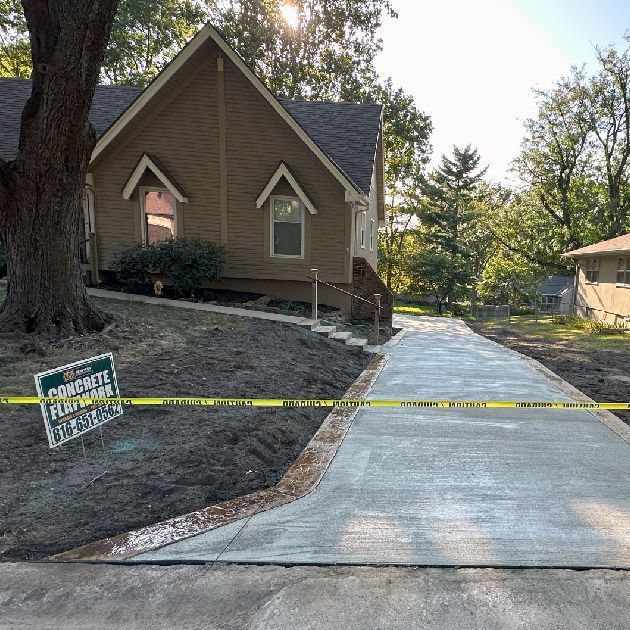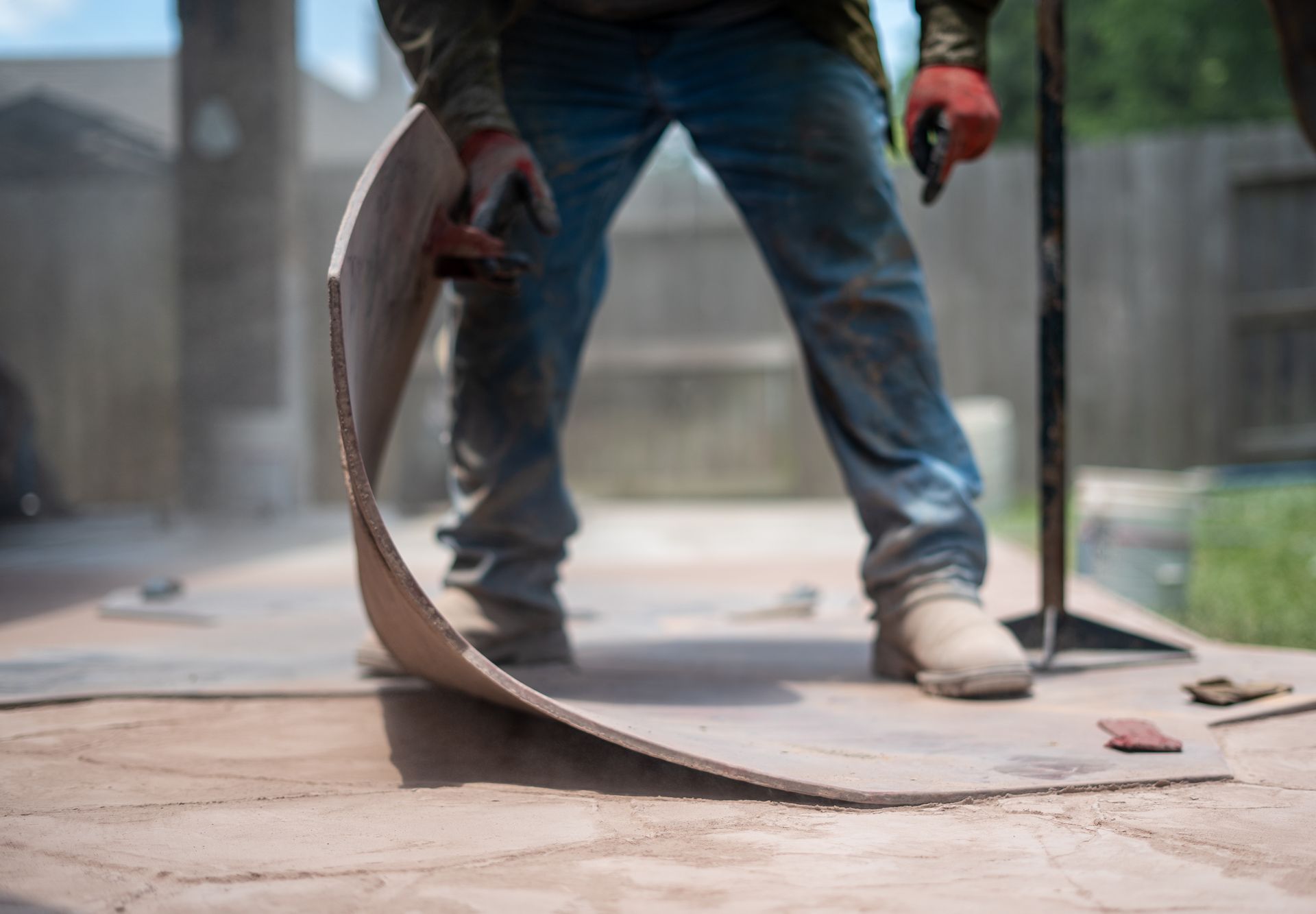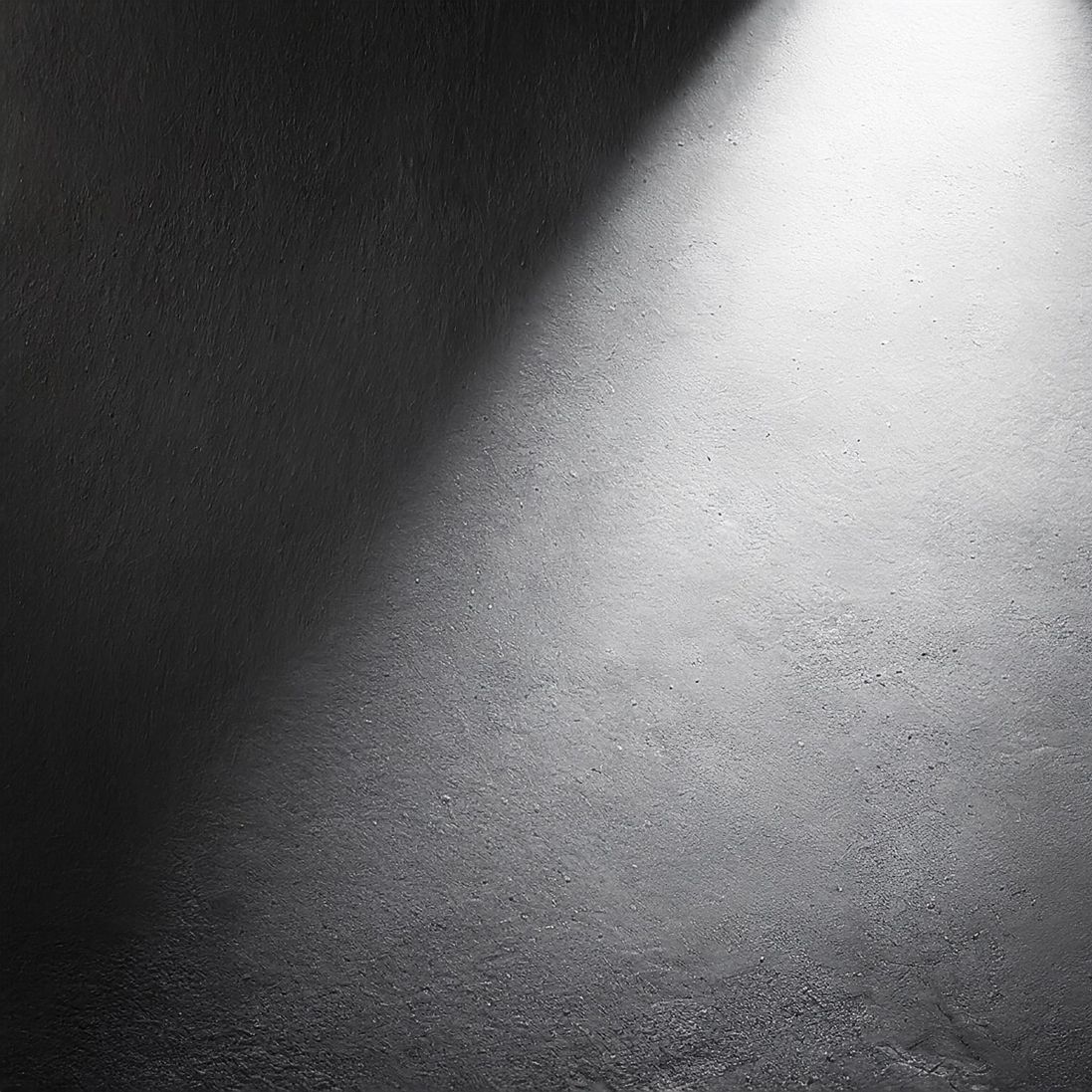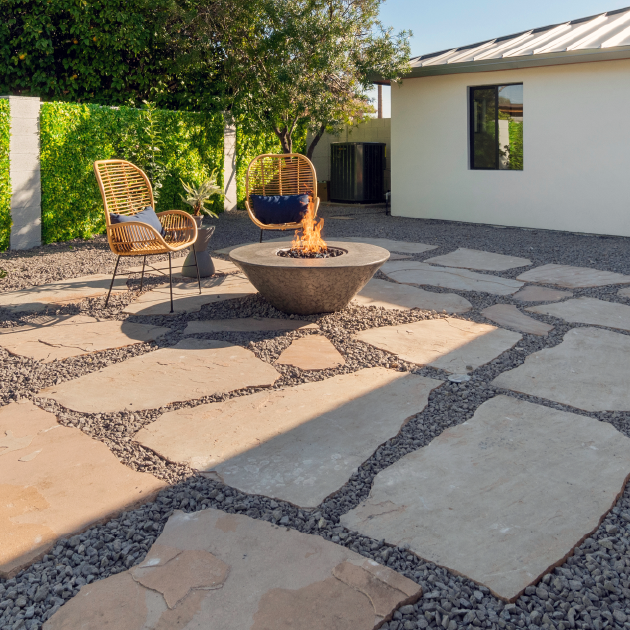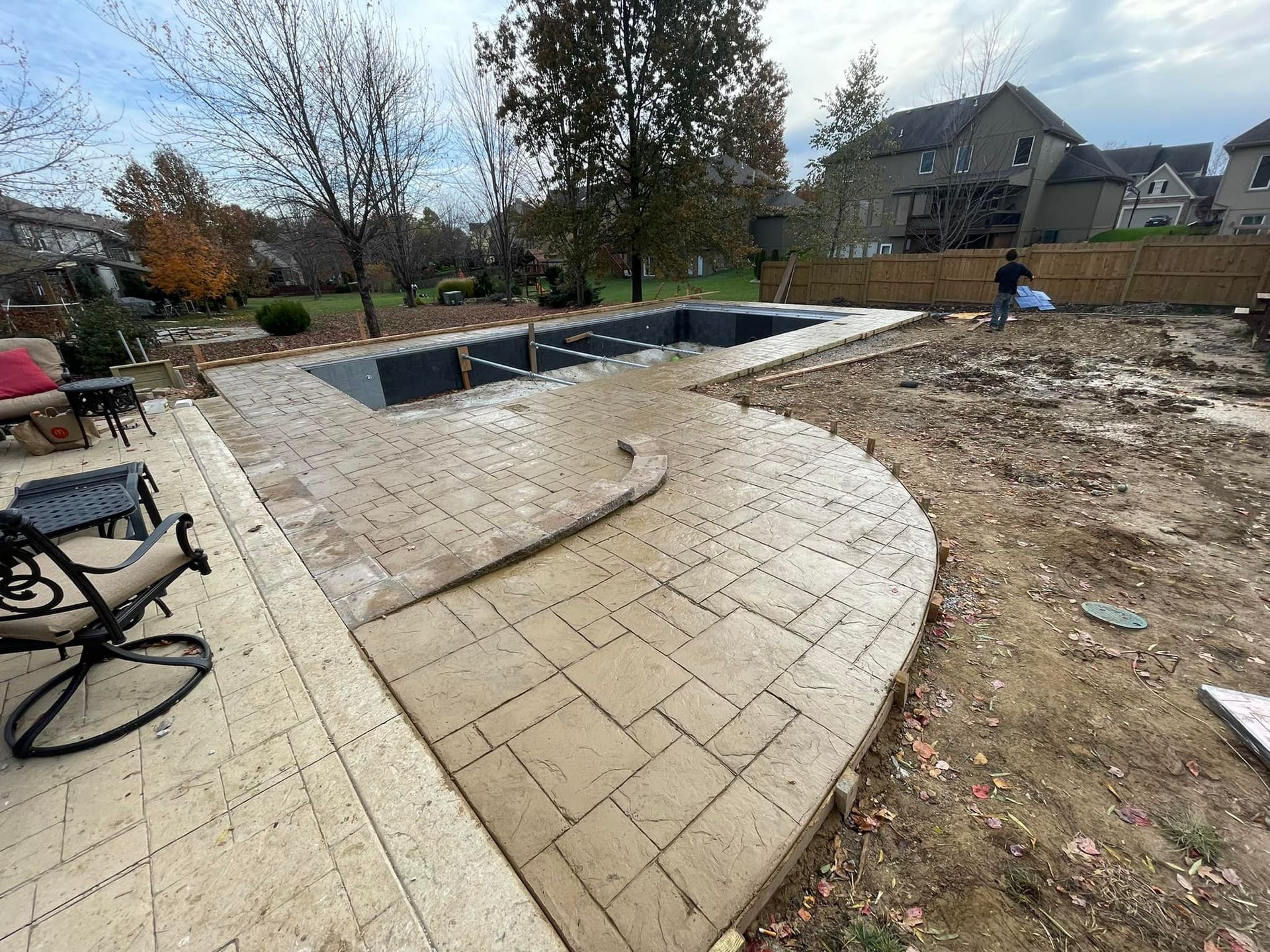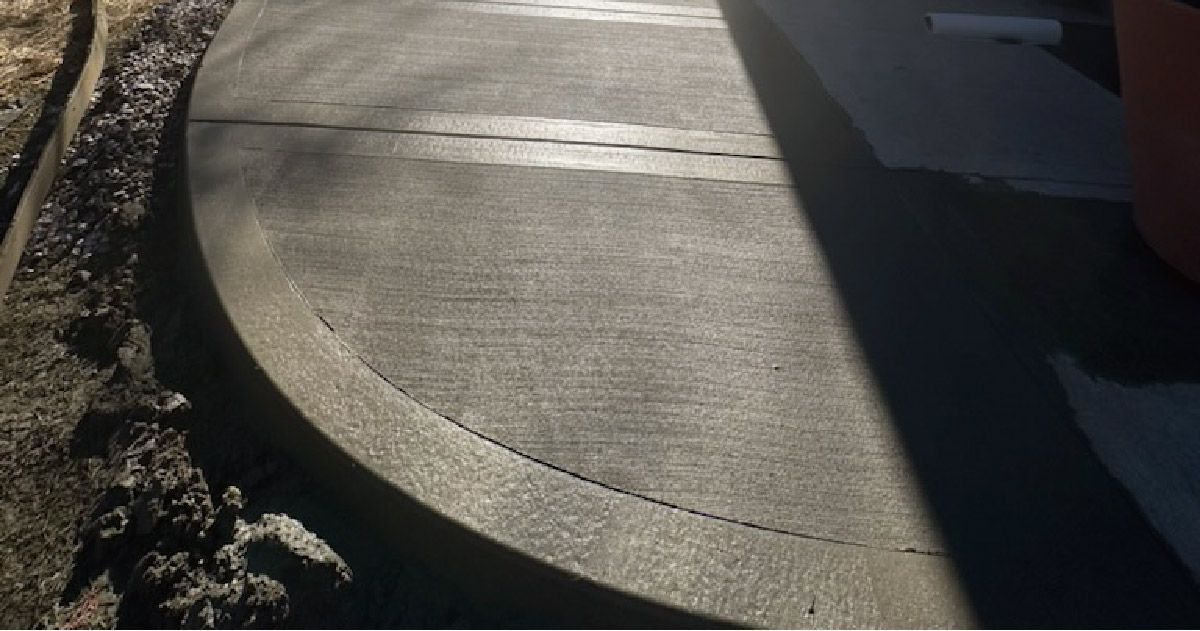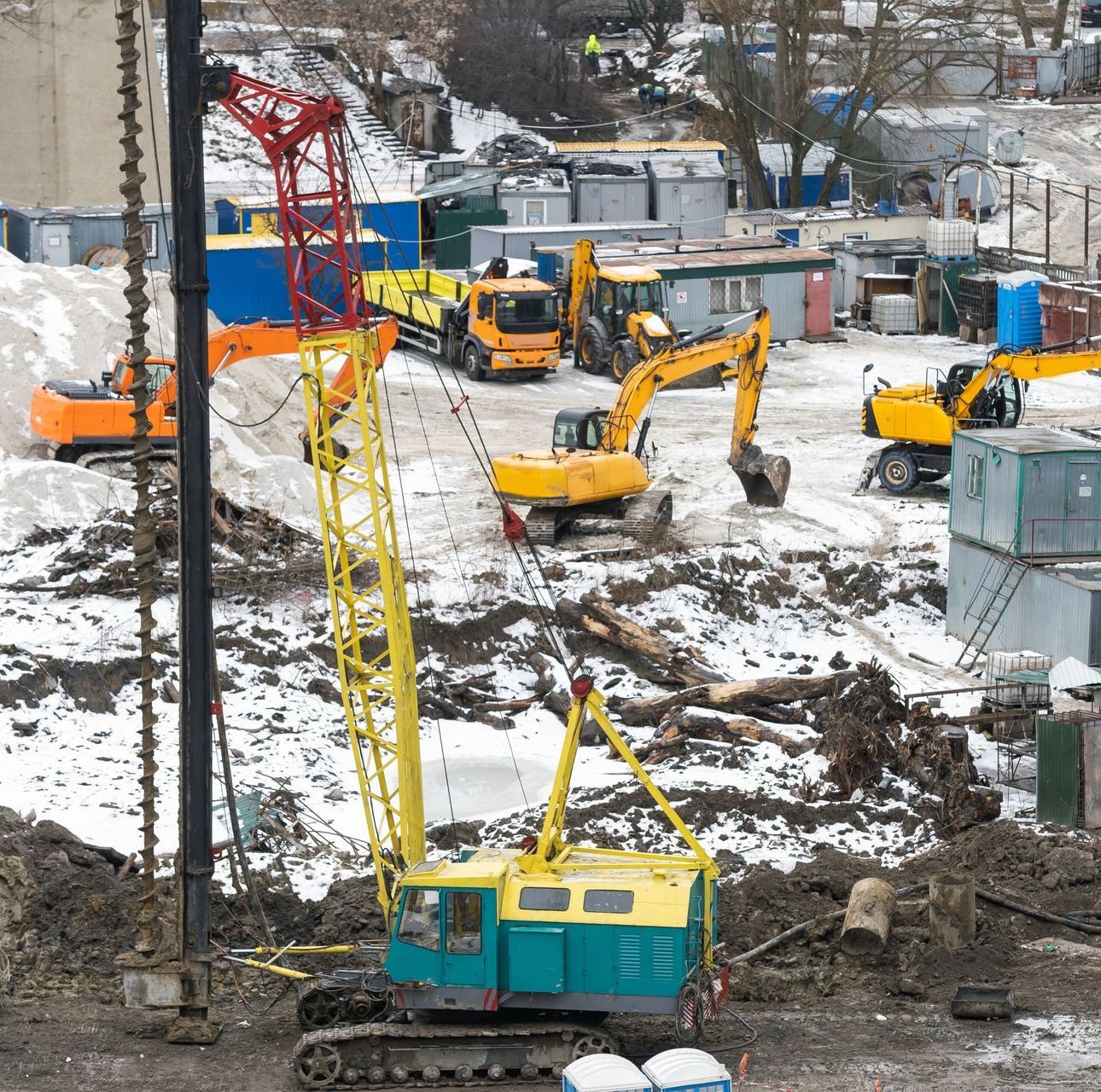Following the ACI Committee's Guide to Cold Weather Concreting
With winter in full swing, temperatures across the globe are dropping and it's time to be mindful of unique conditions that may effect our outdoor projects. As concrete contractors and homeowners tackling outdoor projects, you'll want to pay extra attention to colder weather concreting processes so your work is up-to-code and safe! The American Concrete Institute (ACI) Committee 306 has recently issued a report discussing cold weather concreting best practices and this guide is intended as an easy reference for those trying to increase their knowledge on the subject. Read along as we unpack all the tips outlined by ACI Committee 306 including what structures need special consideration during cold weather concreting, appropriate steps to protect your project from temperature related damage, tools designed specifically for winter work, and safety measures tailored to frigid settings. Let's start learning about cold weather concreting together!
Overview of Cold Weather Concrete.
Cold weather is a term that is used to describe the seasonal period that occurs during winter when temperatures drop below 40°F for more than three consecutive days. It is important to understand the impact that this climate change can have on concrete projects, specifically when it comes to curing and setting. Cold weather concrete refers to concrete mixtures that are designed to withstand these harsh conditions and still maintain the strength and durability necessary for building projects. This type of mixture will typically include special additives that allow the concrete to set and cure properly, such as accelerators that speed up the chemical reactions necessary for the concrete to harden. With the right preparation, cold weather concrete can provide a solid foundation no matter what the temperature outside.
Important Considerations When Concreting During Freezing Temps.
When it comes to concreting during freezing temperatures, there are a few crucial considerations to keep in mind. Firstly, it's important to understand the concept of cold weather concreting and the challenges it poses to the process. This includes the risk of frost damage and the slower rate of strength development. To ensure the best possible outcome, adequate protection is key - this could be in the form of insulating blankets or heated enclosures. Additionally, the use of accelerators can help speed up the setting time and maintain strength development despite the cold temperatures. With these considerations in mind, careful planning and diligent execution can result in a successful concrete placement even in the midst of winter.
Proper Procedures to Follow During Placement and Curing.
Proper procedures during placement and curing are crucial to ensure the longevity and effectiveness of concrete structures. The American Concrete Institute (ACI) Committee 306 provides guidelines for the curing process, which includes using admixtures for improved durability and uniform hydration, and careful temperature and moisture control. Maturity testing is also recommended to determine the strength gain of the concrete before removal of the forms or introduction of loads. Both field-cured and in-place testing can be used to measure concrete strength after curing. Following ACI guidelines and best practices for placement and curing is essential for achieving the desired strength and durability of concrete structures.
Techniques for Avoiding Temperature Loss From Freezing or Low Temperatures.
It's important to take precautions to prevent temperature loss and avoid freezing damage to concrete structures. Freezing damage may occur when the concrete temperature drops below 32°F, which can cause cracks and weaken the overall structure. To prevent this, there are several techniques that can be employed, such as using insulated blankets to cover the concrete, using heated enclosures to keep the temperature above freezing, and using chemical additives to lower the freezing point of the concrete. By implementing these techniques, you can ensure that your concrete structures remain strong and durable even in the coldest of temperatures.
How to Minimize the Effect of Wind on Cold Weather Concreting.
When it comes to cold weather concreting, wind can be a major factor that affects the quality and durability of the final product. Wind can cause moisture to evaporate from the surface of the concrete, making it more prone to cracking and shrinking. To minimize the effect of wind on cold weather concreting, there are several steps that can be taken. One approach is to erect windbreaks or barriers around the work area to block the wind. Another is to use plastic sheeting or curing blankets to cover the concrete and reduce evaporation. Additionally, using accelerators or admixtures can help the concrete cure faster, reducing the amount of time it is exposed to the wind. By taking these preventative measures, it is possible to achieve high-quality, durable concrete even in cold and windy conditions.
Additional Resources for Further Learning about Placing concrete during freezing temps.
If you're working on a construction project during the winter months, it's essential to know how to place concrete properly during freezing temperatures. Luckily, the ACI Committee 306 has a wealth of resources available to help. With their guidance, you can learn about the different factors that come into play when working with concrete in the cold, such as the temperature of the mix, the air temperature, and the humidity levels. They'll also cover techniques for using blankets, heaters, and other tools to keep the concrete at the right temperature throughout the curing process. Visit there website at https://www.concrete.org/. With these additional resources at your disposal, you'll be well-equipped to handle any concrete project, no matter the weather.
Conclusion:
Cold weather concrete can be tricky, requiring adjustments to placement and curing procedures in order to ensure a successful outcome. It may not always be easy, but following the steps outlined in this blog post will help you navigate the inevitable cold day you will encounter while working with concrete. Temperatures must be monitored carefully, and concrete should not be allowed to freeze or experience large temp drops, as that could eventually lead to scaling and dehydration of the concrete surface. In addition, wind needs to be taken into consideration when planning for a cold day pour. With all that said, if you still have questions about pouring concrete in freezing temperatures or need assistance on your next residential or commercial project, don't hesitate to contact us at 816-651-0562. Together we can make sure your next cold-weather concrete job is a success!

